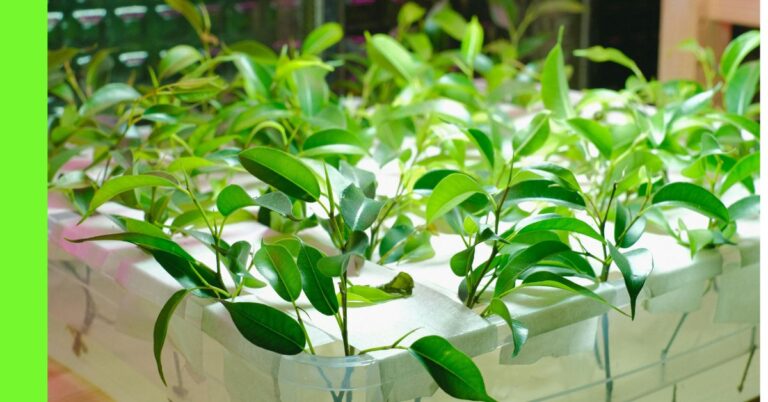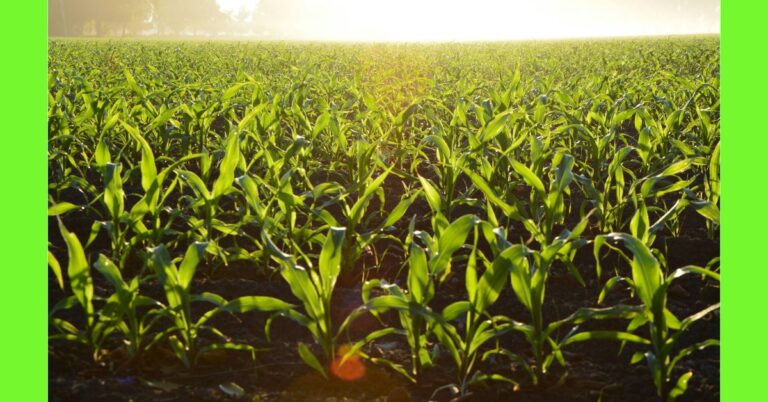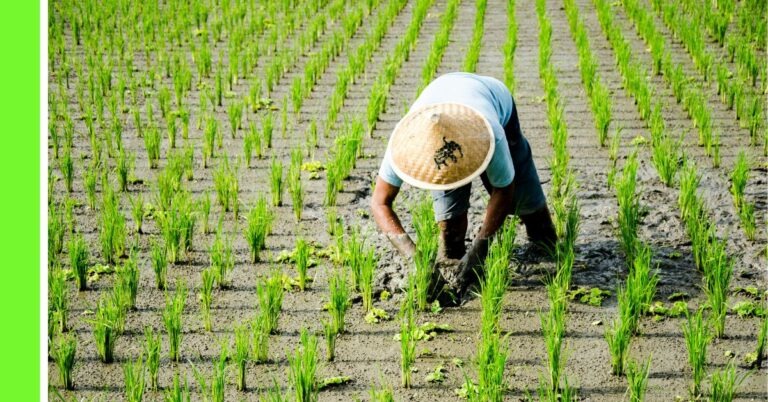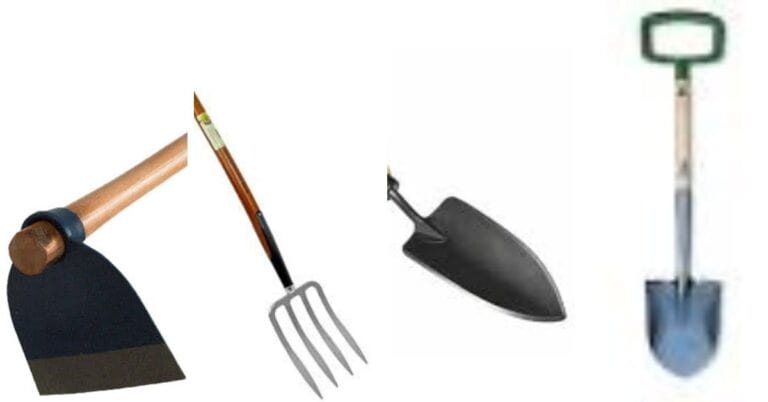What is Crop Rotation and Why is it Used?
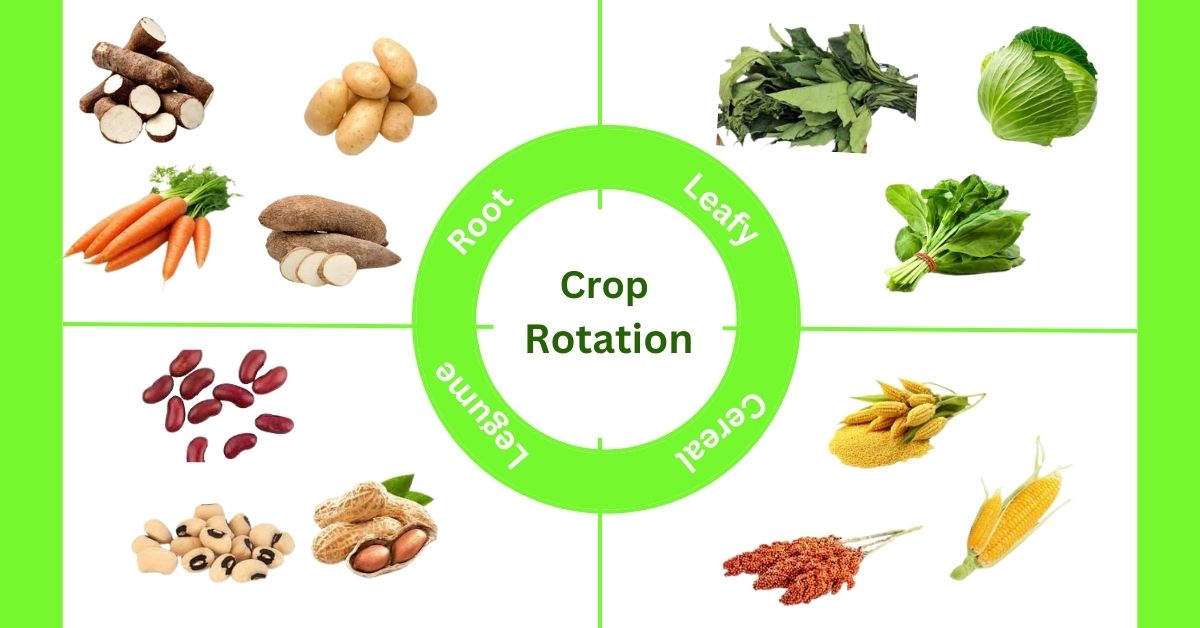
Crop rotation is an agricultural practice where different types of crops are grown sequentially on the same land over a defined period.
Instead of planting the same crop repeatedly, farmers and gardeners rotate crops to improve soil health, enhance fertility, and reduce pest and disease buildup.
This method has been used for centuries to maintain sustainable farming systems and increase yields.
By diversifying plant species, crop rotation helps balance soil nutrients and minimizes the need for chemical fertilizers and pesticides.
Crop rotation is a vital technique for small-scale and large-scale farmers alike.
Advantages and Disadvantages of Crop Rotation
Advantages:
- Improves Soil Fertility: Different crops have varying nutrient requirements; rotating crops helps maintain a balanced nutrient profile in the soil.
- Reduces Soil Erosion: Certain crops, like cover crops, protect the soil and improve its structure, preventing erosion.
- Prevents Pest and Disease Build-up: Many pests and diseases are crop-specific. Changing crops disrupts their life cycles, reducing infestations.
- Enhances Soil Structure: Deep-rooted plants improve aeration while legumes fix nitrogen, making the soil more productive.
- Increases Crop Yield: Healthier soil leads to better plant growth, boosting overall yield and productivity.
- Reduces Reliance on Chemical Inputs: Since natural soil fertility is maintained, farmers use fewer synthetic fertilizers and pesticides.
- Weed Suppression: Different crops have varying root structures and growth habits, which can naturally suppress weeds.
Disadvantages:
- Requires Careful Planning – Farmers must plan crop sequences properly to avoid nutrient depletion and pest issues.
- May Require More Labor and Knowledge – Managing different crops demands additional expertise and effort.
- Initial Yield Reduction – Some farmers may experience lower yields in the early stages as the soil adjusts.
- Limited Crop Choice – Not all crops fit into a rotation system, especially if market demand is for a single high-value crop.
- Machinery and Equipment Adjustments – Different crops may require different tools and farming techniques, adding costs.
- Market Demand Fluctuations: Some rotated crops may not have a strong market demand, affecting farmers’ income.
- Land Availability: Smallholder farmers with limited land may find it difficult to practice extensive crop rotation.
Importance of Crop Rotation
Crop rotation is essential for long-term agricultural sustainability.
It ensures that the land remains fertile and productive for many years, reducing dependency on chemical fertilizers.
It also mitigates the impact of climate change by promoting biodiversity and enhancing soil resilience against extreme weather conditions.
In areas where agricultural land is frequently cultivated without sufficient fallow periods, crop rotation serves as a practical solution to maintain land viability.
Examples of Crop Rotation
A practical example of crop rotation in Nigeria involves rotating maize, legumes, tubers, and vegetables to maintain soil balance.
Leafy Vegetables (Heavy Nitrogen Consumers)
- Examples: Lettuce, spinach, ugu (fluted pumpkin), amaranth (green), cabbage
- Why Rotate? They deplete nitrogen from the soil and are prone to pests like caterpillars and aphids.
- Rotation Tip: Follow with legumes (e.g., beans, peas) to restore nitrogen.
Root and Tuber Vegetables (Soil Depleters & Compactors)
- Examples: Carrots, sweet potatoes, yams, onions, beets
- Why Rotate? They consume a lot of potassium and phosphorus and can compact the soil.
- Rotation Tip: Rotate with legumes or deep-rooted crops to improve soil structure.
Fruit-Bearing Vegetables (Prone to Disease & Nutrient Hungry)
- Examples: Tomatoes, peppers, eggplants, cucumbers
- Why Rotate? Continuous planting encourages soil-borne diseases like bacterial wilt and fusarium wilt.
- Rotation Tip: Follow with leafy greens or legumes to break disease cycles.
Legumes (Soil Enhancers & Nitrogen Fixers)
- Examples: Beans, groundnuts, soybeans, cowpeas
- Why Rotate? They restore nitrogen to the soil and reduce the need for chemical fertilizers.
- Rotation Tip: Rotate with heavy feeders like maize, tomatoes, or cabbage.
Which Vegetables Need to Be Rotated?
Vegetables are highly susceptible to soil depletion and pest accumulation.
Some vegetables that require rotation include:
- Tomatoes: Rotate with legumes (e.g., beans) to replenish nitrogen levels.
- Pepper: Avoid planting after tomatoes to reduce soil-borne diseases.
- Okra: Rotate with maize or cereals to break disease cycles.
- Cabbage: Rotate with legumes to restore nutrients.
- Spinach: Best rotated with root crops like carrots or yams.
Difference Between Crop Rotation and Other Farming Practices
Crop Rotation
- Definition: The practice of growing different crops in the same field over sequential seasons to maintain soil fertility and prevent pests/diseases.
- Example: Planting maize in year 1, followed by legumes (beans) in year 2, and then root crops (yam) in year 3.
Land Rotation
- Definition: A system where farmers cultivate a piece of land for a few years and then leave it to recover while moving to another plot.
- Example: Using a piece of land for three years, then shifting farming to another area while the previous one regenerates naturally.
Fallowing
- Definition: The practice of leaving land uncultivated for a period to allow the natural recovery of soil nutrients.
- Example: A farmer allows a piece of land to rest for two years before planting again.
Intercropping
- Definition: Growing two or more crops together on the same land simultaneously to maximize space and improve soil health.
- Example: Planting maize and beans together in the same field to improve nitrogen fixation and reduce pest attacks.
Monocropping
- Definition: The repeated cultivation of a single crop on the same land season after season, which can deplete soil nutrients and increase disease risks.
- Example: Continuously planting cassava on the same land without rotating with other crops.
Effects of Crop Rotation
- Enhances Soil Structure: Different crop roots improve soil texture and aeration.
- Boosts Crop Resistance: Reduces dependence on pesticides and fertilizers.
- Optimizes Water Use: Some crops require less water, preserving moisture for subsequent crops.
- Economic Benefits: Farmers achieve better yields and profits over time.
How Does Crop Rotation Increase Organic Matter?
Crop rotation increases organic matter by incorporating crop residues back into the soil.
Leguminous crops, such as groundnuts, enrich the soil with organic nitrogen.
Deep-rooted crops, such as yams, break compacted soil, improving microbial activity.
Cover crops, such as millet, contribute to biomass, enhancing soil organic matter.
Types or Methods of Crop Rotation
Crop rotation can be practiced in different ways depending on the type of crops, soil needs, and farming goals. Here are the main methods:
1. Two-Crop Rotation (Biennial Rotation)
- Definition: Alternating between two types of crops every season.
- Example: Growing maize in the first season and planting legumes (e.g., beans) in the next to restore nitrogen.
- Best For: Small-scale farmers with limited land.
2. Three-Crop Rotation
- Definition: Rotating three different crop groups over three seasons.
- Example: Year 1 – Cereals (e.g., maize), Year 2 – Legumes (e.g., cowpeas), Year 3 – Root crops (e.g., yams).
- Best For: Medium-scale farms aiming for balanced soil nutrition.
3. Four-Crop Rotation (Norfolk System)
- Definition: A structured four-year rotation of different crop categories to improve soil health.
- Example:
- Year 1: Legumes (beans, groundnuts): add nitrogen to the soil.
- Year 2: Leafy vegetables (cabbage, amaranth): use nitrogen and phosphorus.
- Year 3: Root crops (yam, sweet potato): absorb deep soil nutrients.
- Year 4: Cereal crops (maize, millet) benefit from improved soil structure.
- Best For: Large-scale farming and commercial agriculture.
4. Row Crop Rotation
- Definition: Rotating crops based on their row planting arrangement to manage pests and soil nutrients.
- Example: Planting maize in rows one season, then switching to cowpeas in the next.
- Best For: Farms using mechanical planting techniques.
5. Intensive Crop Rotation
- Definition: Rapid rotation of crops within a year to maximize production.
- Example: Planting short-season vegetables like lettuce and spinach in one season, then tomatoes and peppers in the next.
- Best For: Urban farming and greenhouse agriculture.
6. Livestock-Based Rotation
- Definition: Incorporating livestock grazing as part of the rotation cycle to naturally fertilize the soil.
- Example: Grow maize for feed in one season, allowing livestock to graze on the land in the next, then plant legumes afterward.
- Best For: Mixed farming systems.
A 4-Year Crop Rotation Plan
| Year | Crop Type | Example Crops |
|---|---|---|
| 1 | Cereal | Maize, Sorghum |
| 2 | Legume | Cowpea, Soybean |
| 3 | Root/Tuber | Yam, Cassava |
| 4 | Vegetable | Tomato, Okra, Pepper |
Explanation:
- Year 1: Maize depletes nitrogen from the soil.
- Year 2: Legumes (cowpea, soybean) replenish nitrogen.
- Year 3: Root crops (yam, cassava) benefit from the improved soil structure.
- Year 4: Vegetables (tomato, okra, pepper) use moderate nutrients and benefit from previous crops’ organic matter.
Crop rotation is a sustainable and beneficial practice for Nigerian farmers, ensuring long-term productivity and environmental balance.
By adopting a well-structured rotation plan, farmers can improve yields, reduce chemical dependency, and maintain soil fertility for future generations.
Hope this article was helpful.

